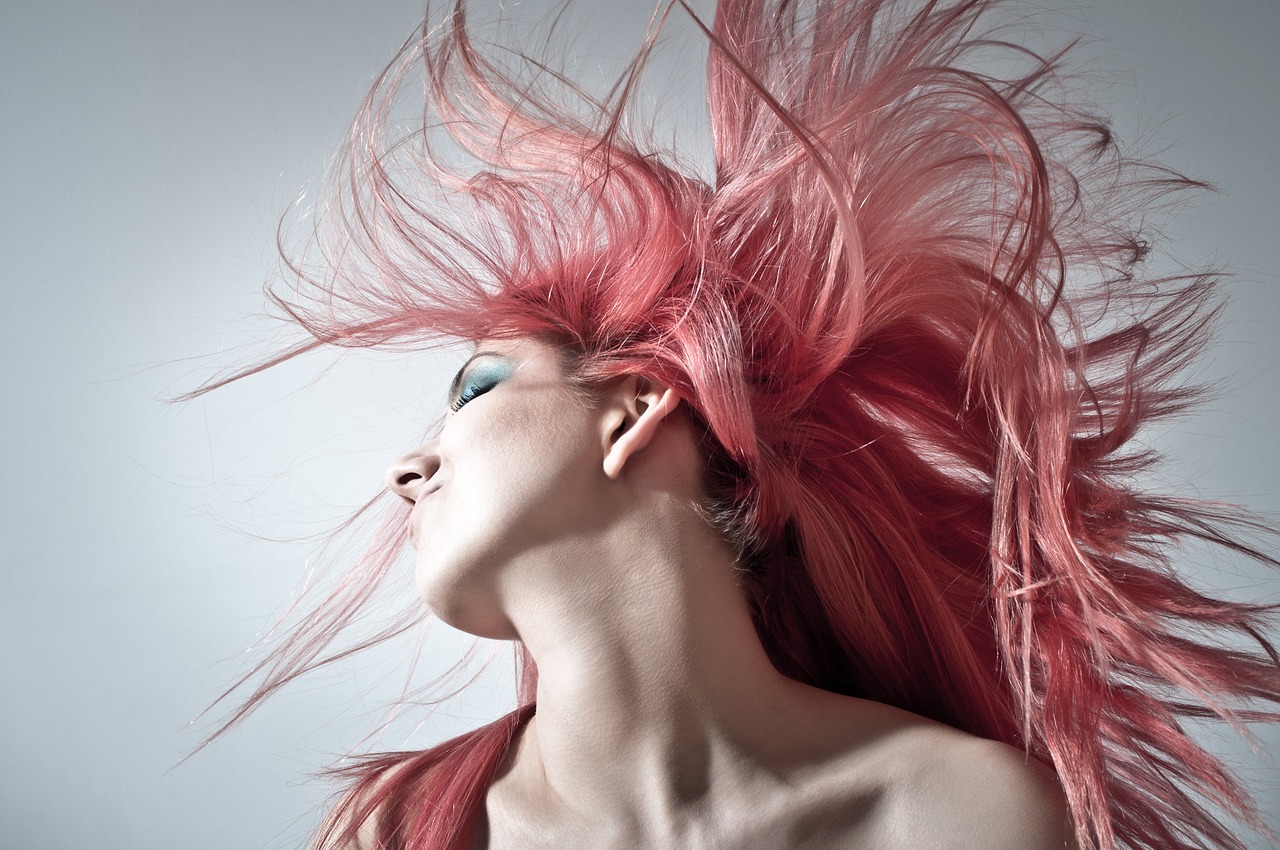The fashion industry would not be where it is without the influence of the queer community and surrounds us constantly. From the V&A celebrating the looks of queer fashion icons such as Elton John, to the biggest celebration in fashion being dedicated to “camp”. Pride & Joy runs through the history of queer fashion and why it’s something to be celebrated.
Some of the biggest fashion icons are people who belong in the LGBTQ+ community. From David Bowie to Elton John to Lady Gaga, just to name a few. Fashion has always been such a vital tool for self-expression within the LGBTQ+ community and has become a platform for people to push societal boundaries, create a community and make a statement.
For hundreds of years men have been wearing women’s clothes. Queer fashion has been ingrained in our society for centuries. The term drag is rooted from William Shakespeare’s time when female roles were played by men, in which scripts would use the acronym “DRAG ” to indicate the actor should “dress as a girl”. However, this was used to furtherly push men and women apart so that women could not perform. So has fashion changed to cross these gender boundaries?
It wasn’t until the early 20th century when things started these boundaries started to get pushed. Designers such as Coco Chanel started to embody the “lesbian chic” aesthetic by creating tailored suits for women, which I’m sure was much more comfy and practical than corsets, endured by women for hundreds of years prior.
Queer fashion finally started to enter the mainstream media during arguably one of the best fashion eras, the 1970’s. David Bowie’s cover for his third studio album, “The Man Who Sold the World ” which saw him pose in a dress was one of his first introductions as an androgynist fashion icon.
Bowie was one of the first mainstream artists that proved that androgyny is cool. The creation of alter ego “Ziggy Stardust” instantly became a queer icon, at a time where androgyny was still transgressive to many people. In a 1973 article for The New York Times, Carolyn G. Heilburn stated that. “The idea of androgyny apparently takes a little getting used to. First responses tend either toward bewilderment or hostility.” Bowie took risks and was one of the first artists that brought androgyny to the limelight.
Another queer, musical legend that has shaped the fashion industry at the same time was Elton John. From flamboyant costumes to feather boas, to glittering eyewear made him a symbol for self-expression whilst advocating for LGBTQ+ rights and HIV/AIDS awareness. In 1992, John founded the Elton John AIDS Foundation, which has since raised over $450 million to support HIV/AIDS prevention, treatment, and advocacy programs around the world. Therefore not only was John able to use fashion as a tool for self-expression, but as a tool to raise awareness.
As mentioned, the idea of drag is nothing new. However during the 1990’s it was becoming more recognised and mainstream with figures such as Rupaul breaking through into the limelight. In 2009, Rupaul’s Drag Race appeared on US screens for the first time and has since become a worldwide phenomenon and has given queer people from all over a platform to express themselves through fashion and drag.
But why does all this matter? Without these queer, fashion icons, the fashion scene would not be where it is today. Without these legends bringing drag, bright colours and textures alongside androgynous fashion into the mainstream I’m sure fashion would be a lot duller. They truly paved the way for this generation’s wave of queer fashion icons.
Thinking of today’s LGBTQ+ fashion icons, one of the first names that springs to mind is Lady Gaga. How could you forget that iconic meat dress? From disco bras, to big sunglasses to lightning bolt make-up as a nod to David Bowie Gaga has always made statements with her outfits whilst advocating for LGBTQ+ rights and cementing herself as a bisexual icon.
Queer fashion is now being celebrated in all walks of life. In 2019, the theme for the biggest fashion event, The Met Gala was based on “Camp: Notes on Fashion”, themed around Susan Sontag’s 1964 essay, “Notes on Camp.” Everyone who is anyone attends the Met Gala, with attendees of that year including Harry Styles, Lady Gaga, Kim Kardashian and Joan Collins just to name a few. This not only put queer fashion at the forefront of the industry but reminded us of how fun and expressive it can be.
Recently, many other fashion institutions have created exhibitions celebrating the designs and looks of queer icons. Last year, London’s Victoria & Albert Museum debuted its ``Diva” exhibition which showcased the looks of diva’s including Elton John and Lady Gaga. Additionally the museum’s exhibitions, “Fashioning Masculinities: The Art of Menswear” celebrated a showcase of iconic outfits including Billy Porter’s Oscar’s dress, Harry Style’s dress which he wore on the cover of Vogue. These exhibitions are significant in reminding us of the history of queer fashion and allows the public to see the impact of queer fashion before their very own eyes.
Without the impact of the LGBTQ+ community, fashion would be boring. Gender boundaries in fashion would not have been broken, trends would have not been created and it would be less of a tool for expression. We have the community to thank for the introduction of women’s suits, big sunglasses thanks to Elton John and bold statements, so their contributions should never be forgotten.

